Ernie Pyle, “Stars and Stripes,” June 12, 1944.
“Due to last-minute arrangements I didn’t arrive at the beachhead until the morning after D-Day, after our first wave of assault troops had hit the shore.
“By the time we got here the beaches had been taken and the fighting had moved a couple of miles inland.
“All that remained on the beach were some sniper and artillery fire and an occasional startling blast of a mine geysering brown sand into the air.
“That, plus a gigantic and pitiful litter of wreckage along miles of the shore line.
“Submerged tanks and upturned boats and burned trucks and shell-shattered jeeps and the sad little personal belongings strewn forever on these bitter sands.
“That, plus bodies of soldiers lying in rows covered with blankets, the toes of their shoes sticking up in a line as though on drill.
“And other uncollected bodies still sprawling grotesquely in the sand or half-hidden by high grass behind the beach.
“That, plus an intense grim determination of work-weary men to get the chaotic beach organized and get the all-vital supplies and reinforcements moving more rapidly over it from the stacked-up ships standing in droves out to sea.
“Now that it is over, it seems to me a pure miracle we ever took the beach at all.
“Ashore facing us were more enemy troops than we had in our assault waves.
“The advantages were all theirs, disadvantages all ours.
“The Germans were dug into positions they had been working on for months.
“One hundred foot bluffs a couple of hundred yards back from the beach had great concrete gun emplacements built right into the hilltops.
“They could shoot parallel with the beach and cover every foot of it for miles with artillery fire.
“Then they had hidden machine gun nests on the forward slopes with cross-fire taking every inch of the beach.
“Throughout the length of the beach, running zigzag a couple of hundred yards back from the shoreline, was an immense V-shaped ditch, fifteen feet deep.
“Nothing could cross it, not even men afoot, until fills had been made.
“Our only exits from the beach were several swails or valleys, each about 100 yards wide.
“The Germans made the most of the funnel-like traps, literally sowing their bottom sides with buried mines.
“They contained, too, barbed-wire entanglements with mines attached, hidden ditches and machine-guns firing from the slopes.
“Our first waves were on that beach for hours instead of a few minutes before they could begin working inland.
“Men were killed as they stepped out of the landing craft.
“An officer whom I know got a bullet right through the head just as the door of his landing craft was let down.
“Some were drowned.
‘The first crack of the beach defense was finally accomplished by terrific and wonderful naval gunfire which knocked out the big emplacements.
“They tell epic stories of destroyers that ran right up into shallow water and had it out point blank with the big guns in those concrete emplacements ashore.
“When the heavy fire stopped our men were organized by their officers and pushed on inland, circling machine gun nests and taking them from the rear.
“And so we took that beach and accomplished our landing.
“We did it with every advantage on the enemy’s side and every disadvantage on ours.
“In the light of a couple of days’ retrospection we sit and talk, and call it a miracle that we ever got on at all or that we were able to stay on.1
******************************
I’ll see you tomorrow.
— Brenda
Pyle’s article has been lightly edited for brevity.





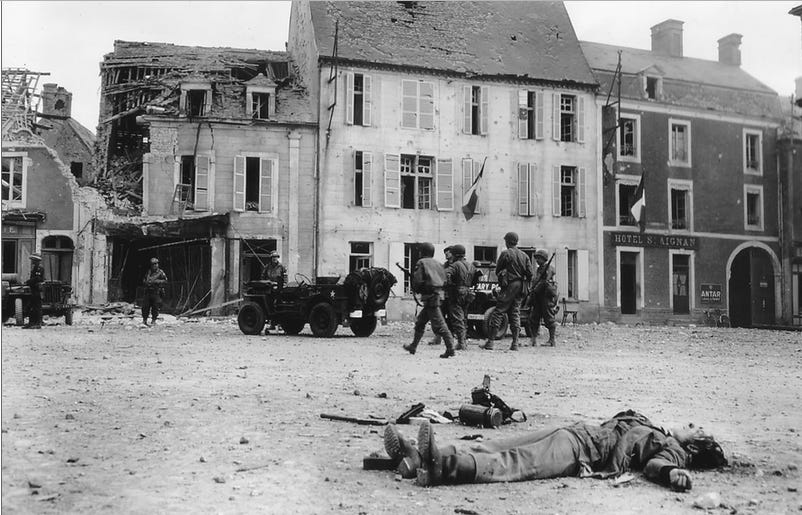
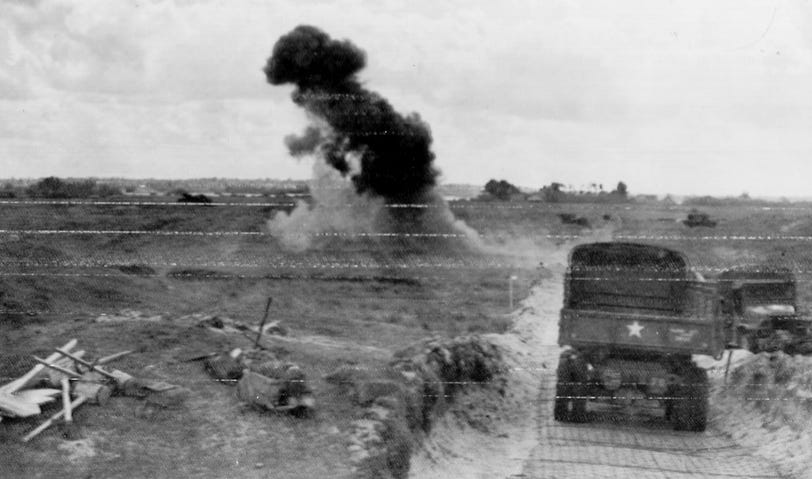
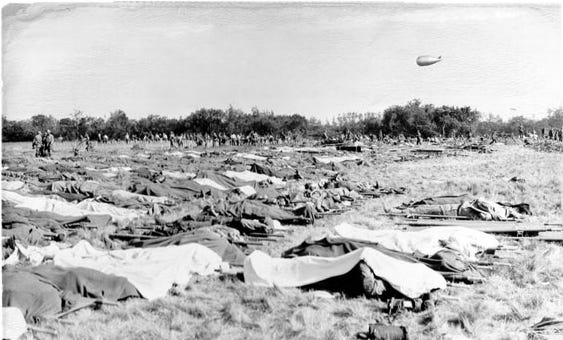
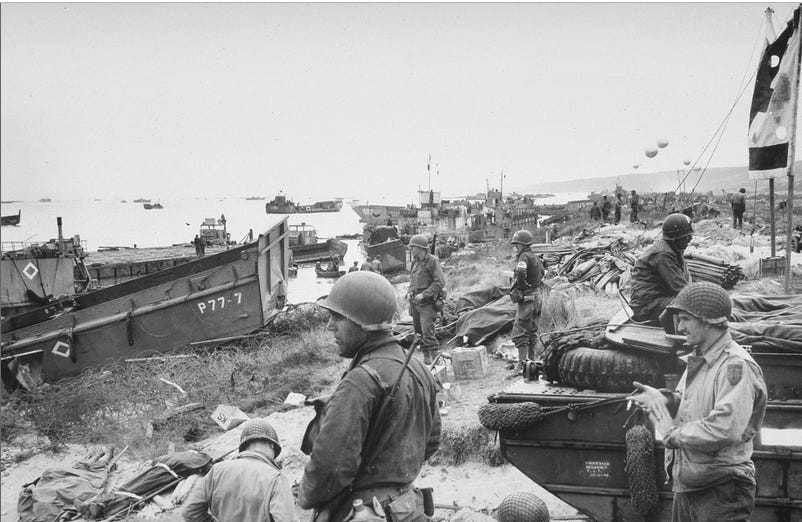
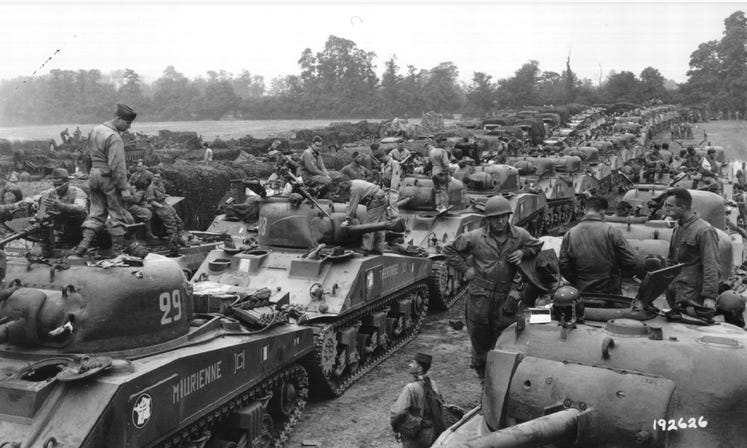
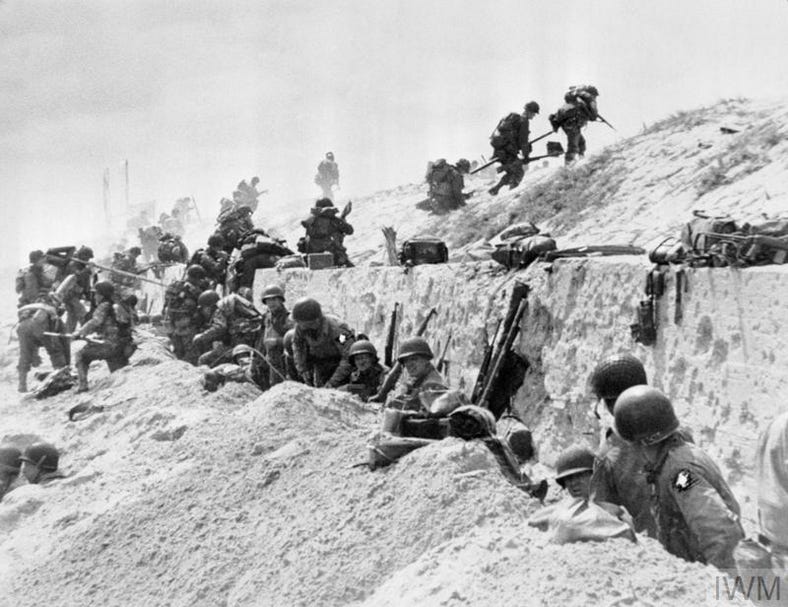
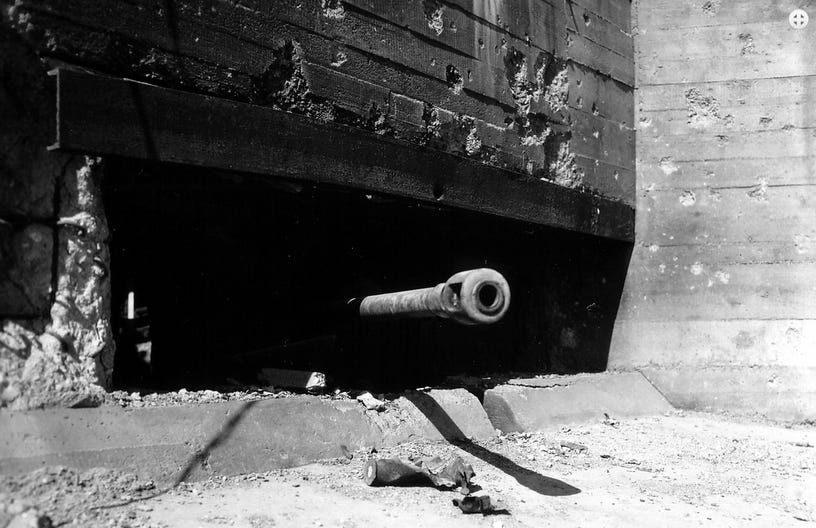
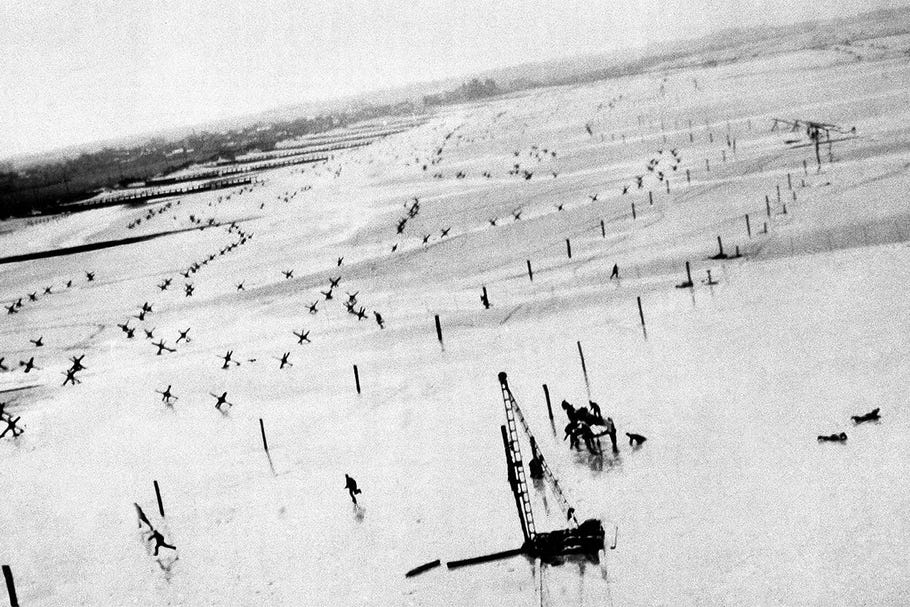
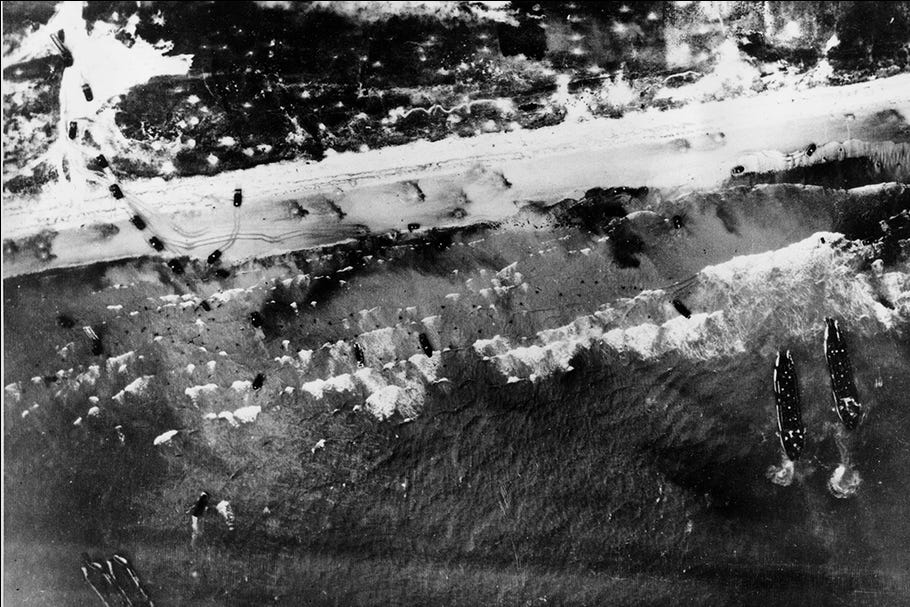
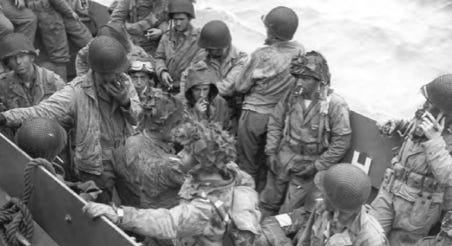
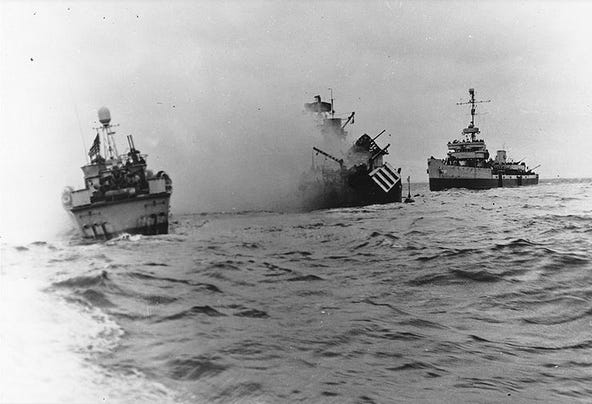
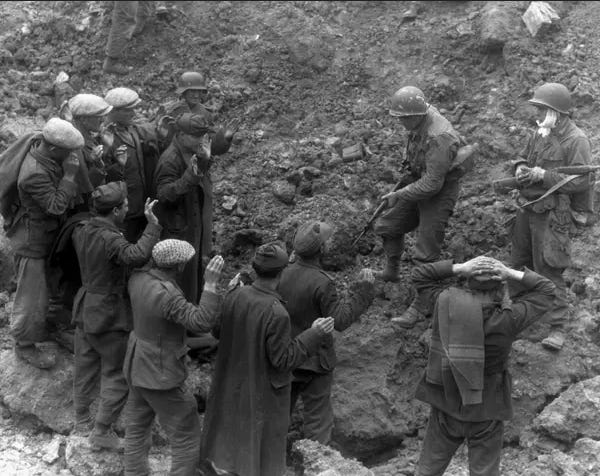
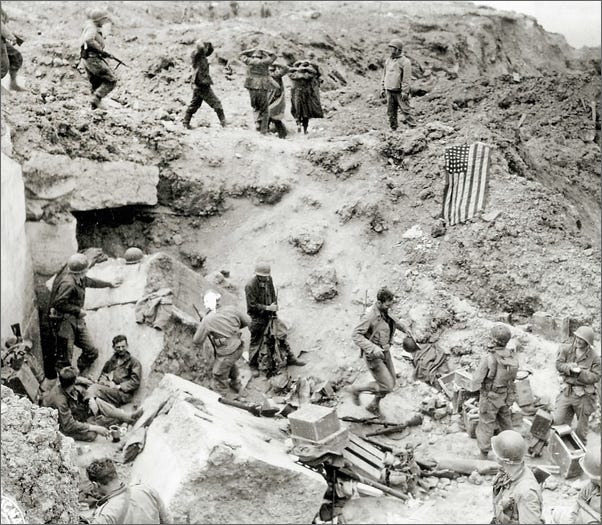









Share this post